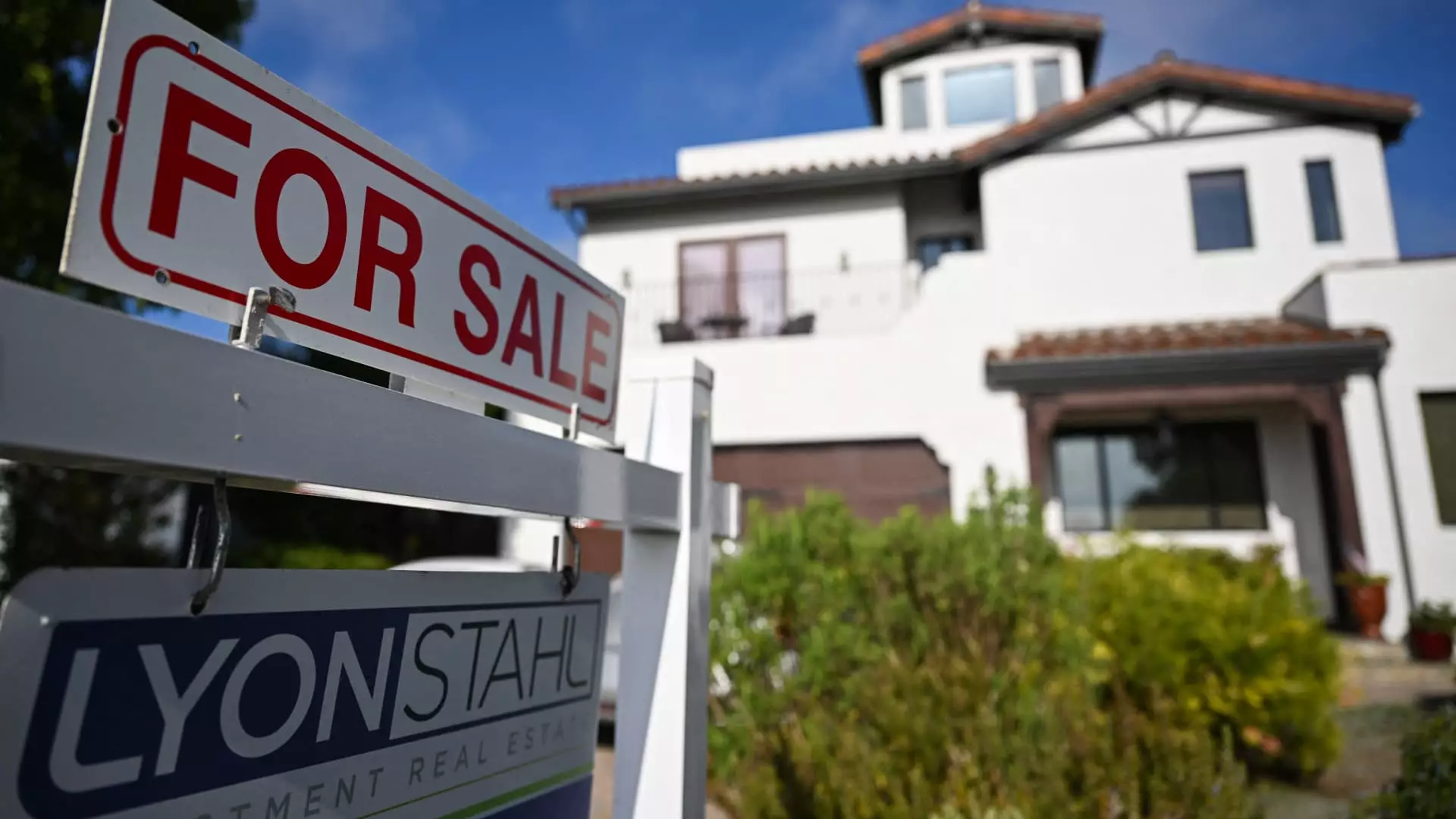The supply of homes for sale in the real estate market has been experiencing significant changes recently. While the supply remains lower than historical standards, there has been a noticeable increase in the number of active listings across the nation. According to a report from Realtor.com, active listings in August were up by 36% compared to the same month last year, marking the 10th consecutive month of annual growth. However, it is essential to note that supply is still 26% lower than in August 2019, before the onset of the pandemic.
With the rising inventory of homes for sale, sellers are starting to pull back, leading to a decrease in new listings. In August, there were fewer new listings (-1%) compared to the previous year. This shift in supply dynamics has also affected buyer behavior. Price cuts are becoming more common, asking prices are moderating, and homes are taking longer to sell. The anticipation of additional declines in mortgage rates has caused some buyers and sellers to delay their real estate transactions, as indicated by the decrease in applications for home purchase loans.
While supply is increasing in most cities, certain regions have witnessed substantial gains in inventory. Cities like Tampa, San Diego, Miami, Seattle, and Denver have experienced significant increases in housing supply, ranging from 67% to over 90% compared to the previous year. Regionally, the South saw the highest increase in active listings at 46%, followed by the West at 35.7%, the Midwest at 23.8%, and the Northeast at 15.1%. This regional variance in housing supply indicates a shift in market dynamics across different parts of the country.
The surge in housing supply is causing homes to stay on the market longer than before. In August, the typical home spent 53 days on the market, which is an increase of seven days from the previous year and the slowest pace in five years. According to Ralph McLaughlin, a senior economist at Realtor.com, the market tends to slow down by about one day for every 5.5 percentage point increase in the year-over-year number of active listings. Therefore, with the current rapid growth in inventory, some markets could experience up to 15-20 more days on the market compared to last year.
The increase in supply and longer selling times have finally started to reflect in housing prices. The share of homes with price reductions rose to 19% in August, representing a 3-percentage point increase from the previous year. The median list price also saw a decline of 1.3% year-over-year. This drop in prices can be partially attributed to the mix of homes available on the market, with more smaller homes being listed. Despite the recent decline, prices are still 36% higher than in August 2019, indicating the long-term appreciation in the real estate market.

